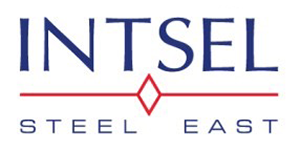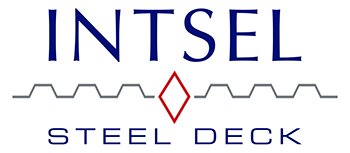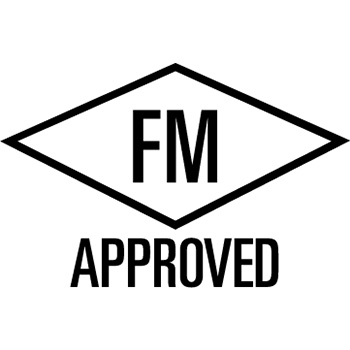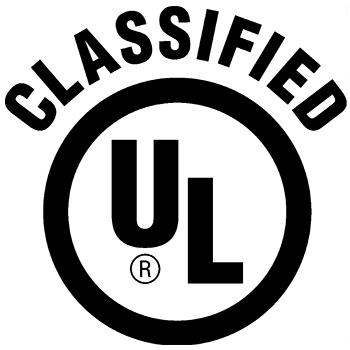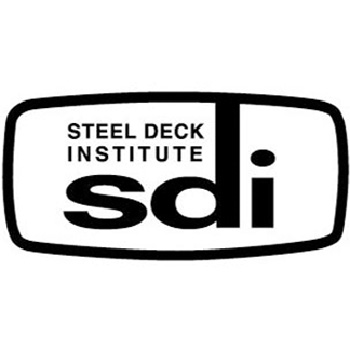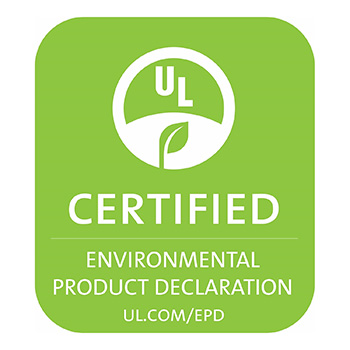Hot-Rolled Steel Grades Explained
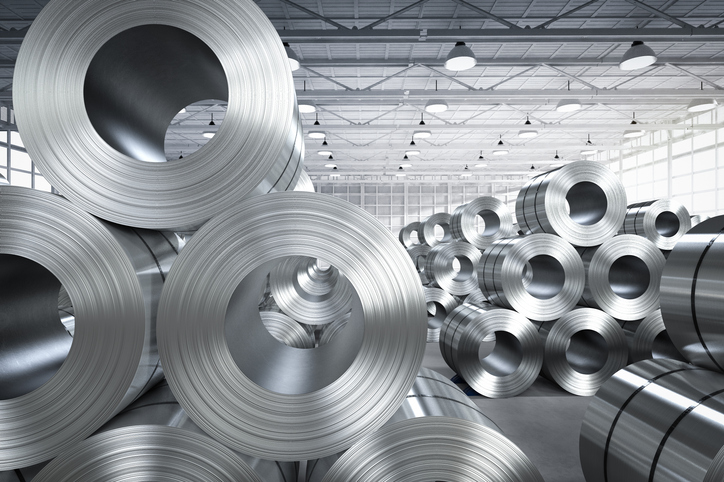
We get it; you’re in the construction business—you’re not a spy. Why should you be expected to decipher a bunch of secret codes to get to the best hot-rolled steel components for your next construction project? And by secret codes, we mean the various grades of steel, of course. Despite how confusing they can be, those series of letters and numbers are packed full of useful information.
Keep reading this short guide to hot-rolled steel grades to crack the code and get on with your job!
What Is Hot-Rolled Steel?
Most modern steel manufacturing is either cold rolling or hot rolling. Hot-rolled steel is the least expensive and least complex type for steel mills to produce, and it sees extensive use in the automotive and construction industries.
Making hot-rolled steel involves heating a slab of steel to over 2000°F. The width and thickness of this heated slab are then reduced to desired values as it is run through a series of rolling mills. The resulting steel sheet is then cooled via several different processes, including pickling and oiling.
Even if you’ve determined by now that you need a component made of hot-rolled steel, you still need to figure out which particular steel grade is best for the application you have in mind.
What Are Steel Grades?
Steels are graded according to standards set by two different organizations. The Society of Automotive Engineers (SAE) and the American Society for Testing and Materials (ASTM) each have a unique system for classifying steel by type, application, characteristics, specific use, etc.
The SAE’s system uses a simple four-digit number, alternatively known as the American Iron and Steel Institute (AISI). For example, plain carbon steel grades start with 10 and end in two more numbers that indicate the steel’s carbon content. That would mean that the code “1095” refers to a plain carbon steel with a concentration of around 0.95% carbon.
The ASTM uses a letter prefix to indicate the type of metal (“A” is used for ferrous metals like iron and steel). This prefix is followed by a sequence of numbers that indicates the metal’s other properties.
What Are the Most Common Hot-Rolled Steel Grades?
The following are the most commonly used types of steel grades for hot rolling:
- A-36
- 1010
- 1018
- A-1011
- 1026
- A-500
- 1045
- 1141
A-36
This is one of the most popular hot-rolled steels that we sell at Bushwick. With a carbon content of between 0.25% and 0.29%, this is low carbon steel. As mentioned above, the “A” in this ASTM grade denotes steel. And in this case, the “36” means that this steel’s tensile strength has a minimum yield of 36,000 psi. A-36 is easy to machine and weld, and its mechanical characteristics are superb.
A-36 is popular for use in structural applications. It is common steel for making bars, channels, angles, plates, tubes, and shafts.
1010
This steel has a very low (from 0.08%–0.13%) carbon content. It is readily machinable and weldable, and it forms easily compared to higher carbon and alloy steels.
1018
AISI 1018 is another fairly low-carbon steel (0.14%–0.20% carbon content). Aside from slight differences in ductility and tensile strength, it is nearly indistinguishable from AISI 1010.
Both 1010 and 1018 are ideal for use in structural, automotive, and furniture applications.
A-1011
This designation is for high-strength low-alloy steel that contains trace amounts of other elements. It boasts improved formability and is extremely versatile.
A-1011 sees common use in structural steel sheets, automotive bodies, and drums.
1026
The characteristics of AISI-designated 1026 are very similar to those of ASTM’s A-36 steel. They have similar chemical properties, and 1026’s 0.22%–0.26% carbon content places it on the upper end of the low carbon steels. When hot rolled, 1026 and A-36 also perform nearly identically. Both 1026 and A-36 are suitable when more strength and durability than 1010 or 1018 are required.
Hot-rolled 1026 is a regular constituent of structures, automotive components, and furniture.
A-500
A-500 is another low carbon (up to 0.26% by weight) steel that is commonly hot rolled. It is very similar to A-36, except that A-500 is only used to make tubing. Despite the specificity of the form in which it’s available, A-500 still sees common use in structural applications.
1045
This steel contains 0.42%–0.50% carbon, making it a medium carbon steel. As such, it is generally stronger than other hot-rolled steels that have lower amounts of carbon. And due to its higher carbon content, it can be heat treated with quench hardening or annealing, which greatly alters its mechanical characteristics compared to lower carbon steel. However, because of its increased hardness, it is much less ductile. This should be kept in mind when considering what application to use it in.
1141
Being another medium carbon steel, 1141 contains 0.37%–0.45% carbon. However, what sets it apart from similar “10” varieties of steel is its additional 1.35%–1.65% manganese and 0.08%–0.13% sulfur content. These additional elements make 1141 more conducive to heat treating than 1045 steel.
Despite its medium carbon content, which generally translates to greater hardness, 1141 is also much less harsh on machining tools. That makes it something called a “free machining steel.” However, the added sulfur means that 1141 is unsuited to welding.
AISI-designated 1141 is typically used to make a few different fasteners and other parts that require relatively heavy machining.
What Is Hot-Rolled Steel Used For?
Hot-rolled steel serves multiple purposes. Here are a few examples:
- Materials for buildings: From steel bars to steel beams, there is a good steel alloy for every project.
- Support for big rigs: Modern truck frames are constructed out of steel.
- Supplies for builders: Hot-rolled steel makes doors and shelves stronger.
Here are five industries that benefit from hot-rolled steel supplies.
The Automotive and Transportation Industry
Quality steel is a staple in the automotive industry because it has an excellent strength-to-weight ratio. This is why the most aerodynamic cars will have steel components. Besides automobiles, steel also benefits
- Ship manufacturers
- Aircraft manufacturers
- Train manufacturers
The Best Hot Rolled Steel Grades for Automotive Businesses
In the automotive world, A36 is the preferred grade for most manufacturing projects. Unlike most steel materials, A36 hot-rolled steel is very affordable, so it’s the best option for lengthy manufacturing runs. Some companies also use 1011 steel sheets and plates to build different automotive products. This grade is durable, and it’s very easy to work with.
Hot-rolled steel tubes help automotive businesses too. An A513 is a good grade because it’s easy to cut and weld.
The Construction Industry
In the construction industry, steel is extremely useful because it’s
- Highly durable
- Energy efficient
- Long-lasting
- Reliable
Thanks to refined construction practices, steel structures are everywhere in the United States. It’s used for railroads, homes, commercial buildings, and more.
The Best Hot Rolled Steel Grades for Construction Businesses
Thousands of construction companies invest in A36 hot-rolled steel bars and A513 hot-rolled sheets. However, A36 steel bars are used more often because they have outstanding mechanical properties.
Energy Providers and Suppliers
The energy industry is always evolving. When there are big changes, all energy providers and suppliers must keep up with the latest advancements. If they cut corners, they will lose money. Every business in this industry needs the right infrastructure to be successful. There are many ways to create a sound infrastructure, but a typical blueprint will always require steel.
The Best Hot Rolled Steel Grades for Energy Suppliers
Typically, 1011 hot-rolled steel sheets and hot-rolled A513 steel bars are the best products roofing companies. They use high-quality 1011 steel sheets during roof repairs and A513 steel slabs for solar panels.
Packaging Businesses
Steel packaging provides superior protection against the elements. It’s a staple for most food and beverage packages.
The Best Hot Rolled Steel Grades for Packaging Businesses
In this industry, most businesses use A36 hot-rolled steel because it’s malleable and cost-efficient.
Appliance Businesses
Approximately 75% of all modern appliances are made of steel. Without steel, these products will lack structure and stability.
What Grade of Hot-Rolled Steel Do I Need?
Now that you’ve caught up with all the most popular hot-rolled steel grades, you probably know which one to order from us today at Bushwick Metals (especially if you want it delivered tomorrow). So, whether you’d like a quote on exactly what you need or you still have questions, you can easily get in touch with us—click here!
Cold vs Hot-Rolled Steel
Now that you’ve read all about cold and hot-rolled steel, it’s time to figure out which is right for you! When it comes to choosing between cold and hot-rolled steel, there are several different factors you should take into consideration. Cold-rolled steel is processed at low temperatures, then recrystallized through a rolling process. The process aids in giving the steel a smoother finish, thus making it easier to cut and form. Hot-rolled steel, on the other hand, is made by heating the steel beyond its recrystallization point, sometimes to temperatures of over 1,000 degrees Fahrenheit, and then cooling it quickly in order for it to retain its shape and strength.
The main difference between cold and hot-rolled steel is their mechanical properties. Cold-rolled steel tends to be more durable for molding than hot-rolled steel due to the way it has been processed. However, hot-rolled steel offers the advantage of being easier to work with overall.
When Should I Use Hot-Rolled Steel?
Certain projects tend to be better suited for hot-rolled steel. This includes, but is not limited to projects like railway tracks, food and beverage packages, and agricultural equipment. Hot-rolled steel is also able to handle some give or stress, so it works well for things like bridges, that are supporting large amounts of weight. Hot-rolled steel offers an affordable, strong option for industrialized applications.
Cold-rolled steels are best used when a highly complicated design must be constructed because it cools more uniformly than hot-rolled steel. It works great for items such as automotive components or home appliances. In addition, its sleek and polished appearance offers an attractive, modern aesthetic. However, it is not as hard as hot-rolled steel and in addition, tends to be placed at a higher price point.
When selecting which type of steel is right for you, you should carefully consider what qualities are needed for your project or product requirements, since these can vary widely. If it’s construction equipment or materials, hot-rolled steel is likely a great option. However, if you need something with a highly-specialized design, cold-rolled steel may just be a more attractive alternative.
Things to Remember
There are also a few things that you should always keep in mind when deciding between hot or cold-rolled steel. The biggest thing to remember is that hot-rolled steel simply just isn’t suited for certain applications. In general, you should avoid using hot-rolled steel for any projects that require highly-detailed or very intrinsic molding. Hot-rolled steel doesn’t offer as much design accuracy as cold-rolled steel does, so you may not be able to get the exact design you want. In addition, hot-rolled steel is also much rougher to the touch than steel that has been cold-rolled, because of how much faster it is cooled. However, hot-rolled steel also tends to be more affordable for large projects and is fast and extremely easy to mold. Ultimately you should take all of your project’s factors into consideration in order to decide what steel is right for you!
